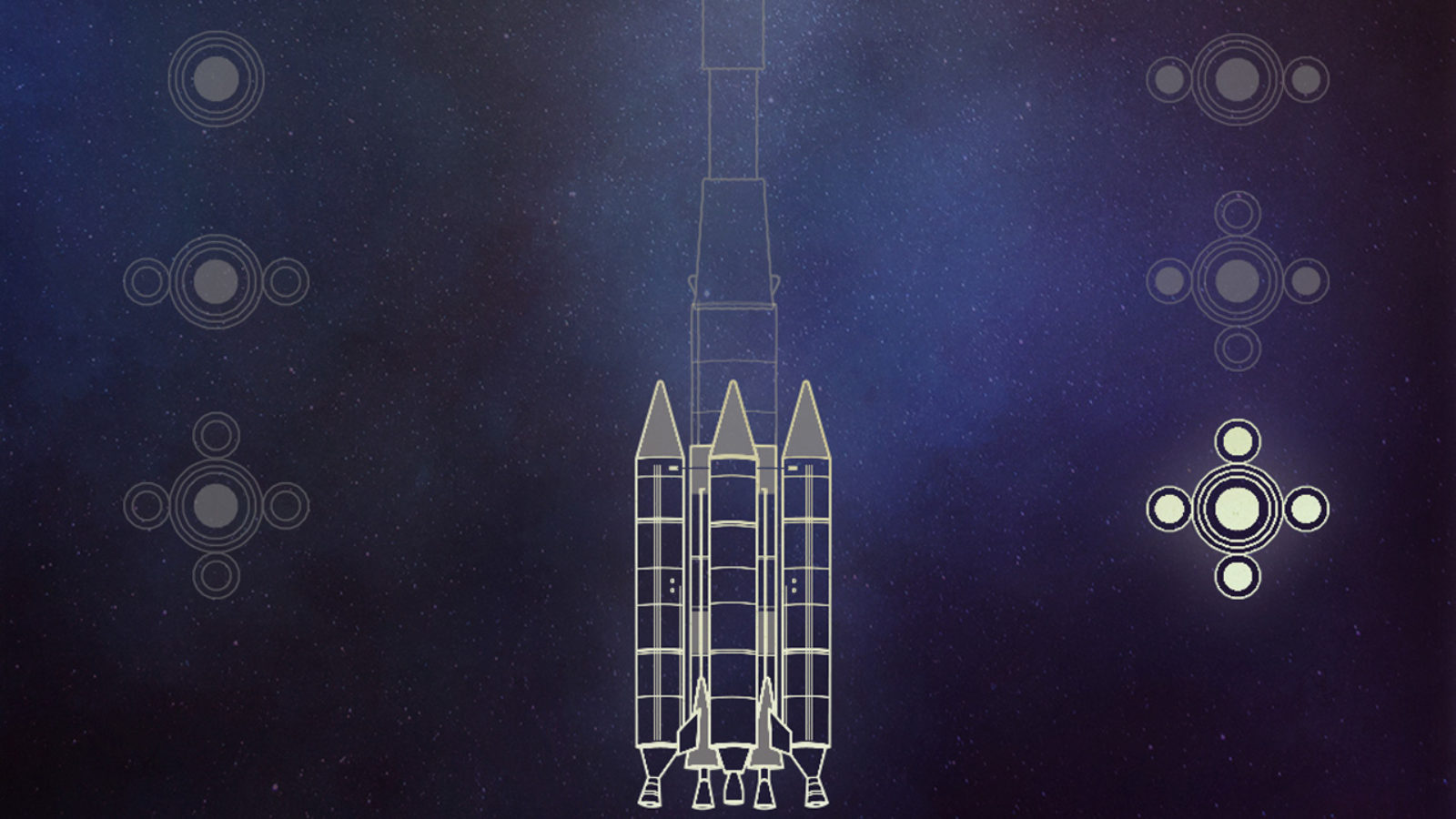
Rotate your tablet
for a better experience


Rotate your tablet
for a better experience

From its inaugural flight in 1988, Ariane 4 proved itself to be one of the best launchers in its class, both in terms of reliability and performance. Ariane 4 placed over 180 satellites in orbit.
This upgraded version of the European rocket was needed to keep pace with the steadily increasing size and weight of satellites and demand for an ever more diverse range of launch services.
To meet these requirements, the performance of the first and second stages was increased for Ariane 4, as was the thrust of the solid-propellant strap-on boosters. New liquid-propellant boosters were also developed.
The modular Ariane 4 came in six configurations designated Ariane 4nX, where n is the number of strap-on boosters (0, 2 or 4) and X is their type (L for liquid and/or P for solid). The names were 40, 42P, 44P, 42L, 44L and 44LP (2 of each).
Ariane 4’s all-round success included a launch rate of up to 10–12 flights a year. This led to the first real industrial-scale production of Ariane.
Ariane 4 had completed an unbroken string of 74 successful flights when it was retired (the final flight was V159 in 2003). In 116 missions, it posted a reliability rate of 97.4%.
* Photos : © ESA-Arianespace-CNES